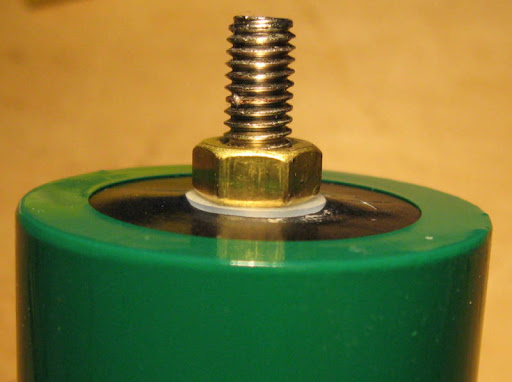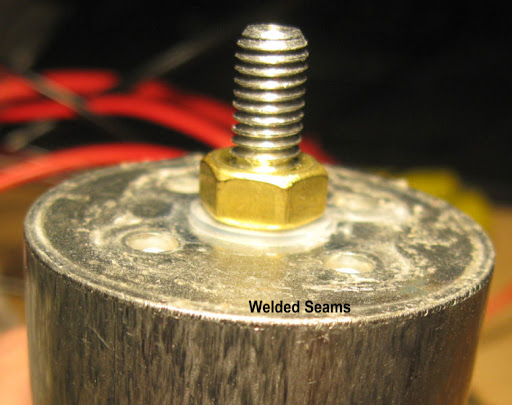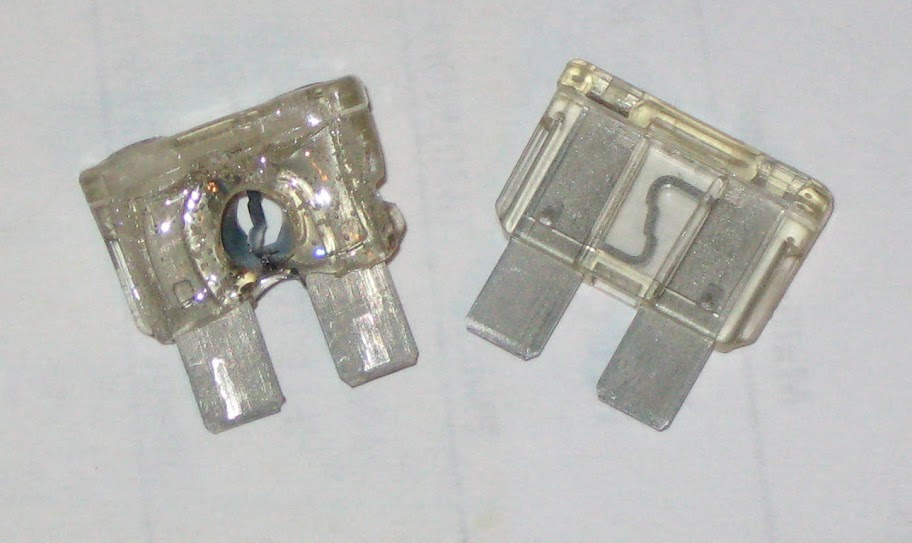As the manufacturer of all 40138 cells currently on the market, Phoenix Silicon International (PSI) 'gets' to tell us how best to use our cells. One point they make clear is that it's not good to overtighten the nuts when wiring cells. Yes - here comes the 'why not?' part!
The terminal studs are made of different metals. The negative pole is plated copper. The positive - and the subject of our demonstration - is aluminum. And it's hollow. And it's threaded inside and out.
PSI gives us a torque limit of 6.9 in/lb or .78 nm and highly recommends using a torque driver or small torque wrench when installing hardware.

There are a number of decent (and better than decent!) torque drivers on the market and one can spend $157 and more - like this from SK. We found a fully functional yet frugal torque driver at Harbor Freight (online item 65397) for $34.99.

It's easy to set, 7 in/lb is far enough off the bottom of the scale to be reasonably accurate, and it just plain works. The driver accepts standard hex screwdriver bits, so you'll either need a specialty 10mm nutdriver bit or an adaptor for your 1/4 inch drive socket. Either way, it's cheap, easy, quick, brainless, and won't destroy the cells.
Ok - so you want to do more than string a bunch of cells together and make your living room lamp glow. Now what? Remember from an earlier post that the plastic seals on the cells are not designed to be pothole, expansion joint, or rock-hopping proof. A leaking cell is not a happy cell. We need a way to hold the cell bodies securely in the battery case so that the cells aren't hanging by the wiring - then we can hit the road.
PSI has one solution - the molded plastic assembly block.

Fit and finish of these is excellent! The mold part lines are accurate and there's no flash. The blocks have 'T' shaped locking tabs on two sides and can be assembled into many shapes. They don't have permanent locks - they're a friction fit - so the pack can be reconfigured easily.


Here's a pretty boring 12S pack. The block has .6 inch deep extensions cable-side to protect the wiring from the sides of the battery box. The extensions have pre-molded locations for fastening the pack into a hard box.
The blocks fit tightly enough that one can handle the pack, twist it around, and suspend it by one block and everything stays locked together.
One feature designed into the blocks is the gap between cells. This allows the center cells in larger packs to get cooling air. This isn't an issue for these cells until you start pulling 60+ amps from a cell, but it's one less thing to have to worry about when filling a box for a plug-in hybrid or pure EV.
For more information or to order assembly blocks or connecting straps, visit us at www.rechargeablelithiumpower.com





















